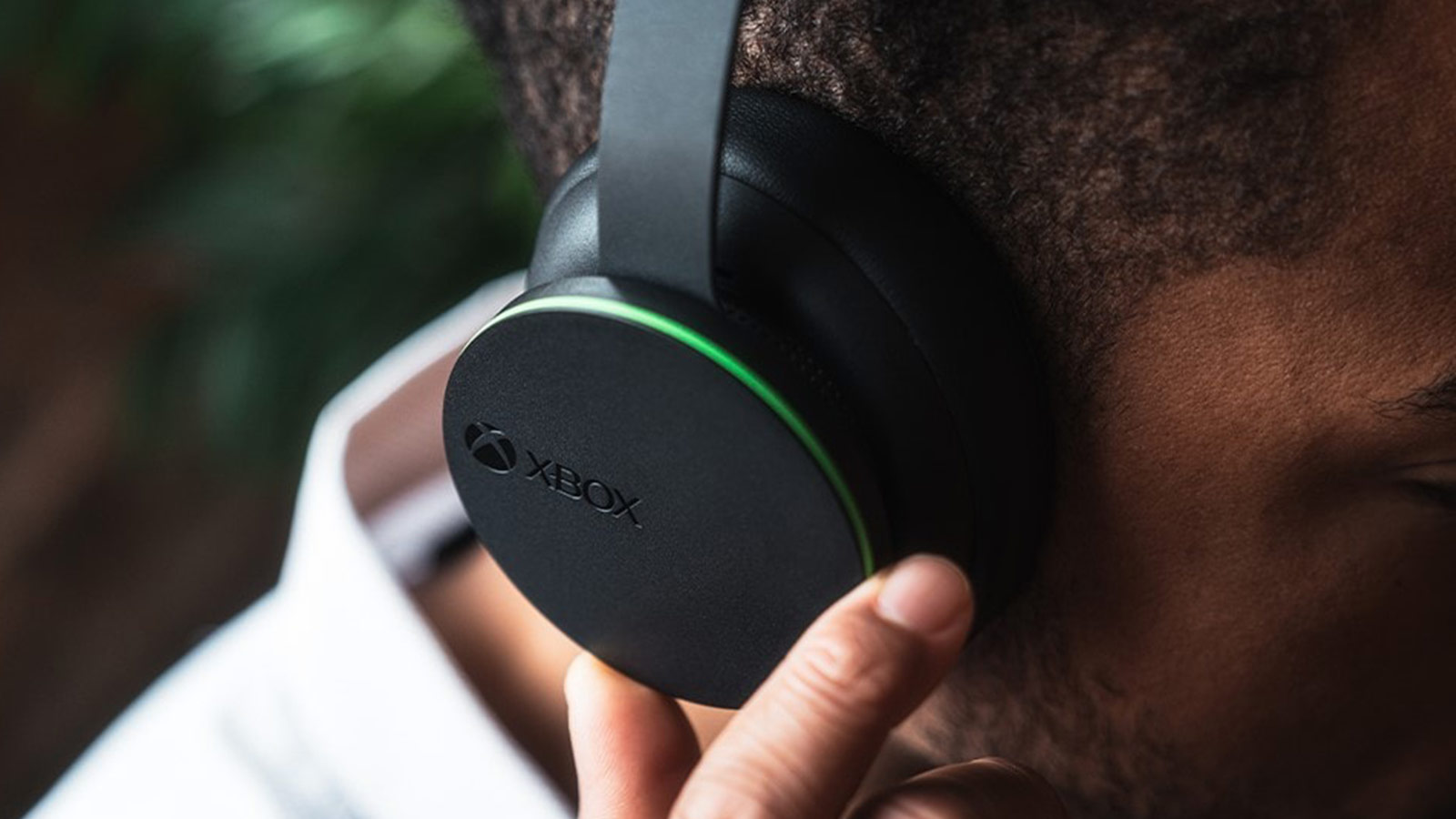

The sidearms require a bit of effort to adjust too, so they won’t do so while you’re wearing them, which is good. The steel headband doesn’t feel heavy on your head (the whole thing weighs in at a relatively lightweight 312g), and while we’d prefer it if the ear cups swivelled like those of obvious rivals from the likes of SteelSeries, we reckon the headset will still fit most head shapes. The Xbox Wireless Headset is more than comfortable enough, but your ears will definitely heat up under those cushions during longer gaming sessions. Unlike the Surface Headphones, though, you won’t find any touch-sensitive controls here, so there’s no way of play/pausing music or skipping a track, or taking a call on the headset. There are two buttons on the headset, which are your mic mute and power/pairing button, but otherwise everything you can control using the headset itself is done using the dials. It’s a really intuitive system that we’re surprised hasn’t been pinched yet by Microsoft’s competitors in the general-use headphones space.

They work fantastically well, with the right dial allowing you to precisely adjust the volume, and the left your connected audio feeds (more on that in the next section). That’s because Microsoft has attached a rotating dial to the side of each ear cup, which will be familiar to anyone who has used either iteration of the Surface Headphones. When you first inspect the Xbox Wireless Headset you’ll notice that it’s low on buttons. And let’s talk about those dials, because they’re up there with the new headset’s best features.


 0 kommentar(er)
0 kommentar(er)
